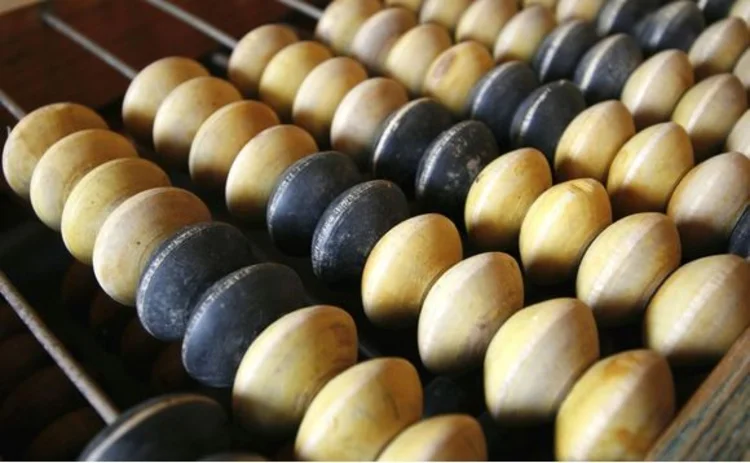
Backward induction for future values
Here, Alexandre Antonov, Serguei Issakov and Serguei Mechkov generalise the American Monte Carlo method to efficiently calculate future values (or exposures) of derivatives using an arbitrage-free model. The resulting algorithm is especially attractive for exotic portfolios

CLICK HERE TO VIEW THE ARTICLE IN FULL
The American (or least squares) Monte Carlo method in its original formulation (see, for example, Carriere 1996; Longstaff & Schwartz 2001; and see also Glasserman (2003) for a more complete list of references) uses a backward induction to compute the continuation value of a derivative. In this article we generalise the backward induction to compute a future
Only users who have a paid subscription or are part of a corporate subscription are able to print or copy content.
To access these options, along with all other subscription benefits, please contact info@risk.net or view our subscription options here: http://subscriptions.risk.net/subscribe
You are currently unable to print this content. Please contact info@risk.net to find out more.
You are currently unable to copy this content. Please contact info@risk.net to find out more.
Copyright Infopro Digital Limited. All rights reserved.
As outlined in our terms and conditions, https://www.infopro-digital.com/terms-and-conditions/subscriptions/ (point 2.4), printing is limited to a single copy.
If you would like to purchase additional rights please email info@risk.net
Copyright Infopro Digital Limited. All rights reserved.
You may share this content using our article tools. As outlined in our terms and conditions, https://www.infopro-digital.com/terms-and-conditions/subscriptions/ (clause 2.4), an Authorised User may only make one copy of the materials for their own personal use. You must also comply with the restrictions in clause 2.5.
If you would like to purchase additional rights please email info@risk.net
More on Markets
Dealers warn of capital squeeze from increased FX hedging
Sharp rise in uncollateralised buy-side hedges could restrict banks’ ability to take on positions
Japan’s yen swaps go global
JSCC isn’t just clearing swaps, it is clearing the way for the next stage of Japan’s financial evolution
Quants tell FX dealers how to make the most of passive liquidity
Paper from HSBC and Imperial sets out when to skew pricing, and when not
How Bessent learned to stop worrying and love the T-bill
Short-dated issuance shows no signs of slowing. Some fear it could end badly.
Hawkish RBA comments wrong-foot Aussie dollar rates traders
Governor Bullock’s unexpected rate hike talk led to stop-outs and losses
Hedge fund holdouts boost euro steepener bets into year-end
After some investors took profits in September, those that stayed in the trade are now doubling down
Hong Kong tech stocks flirt with peak vega on structured boom
Note issuers sell vol to flatten exposures as Alibaba, BYD, Tencent zig-zag lower
Dutch pensions weigh hedge unwinds ahead of transition
As January 1 nears, Dutch pension funds consider unwind timing to avoid rush to the exit in thin year-end liquidity







